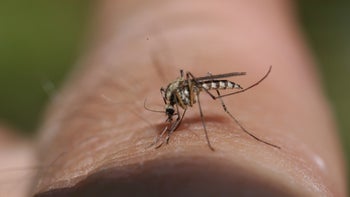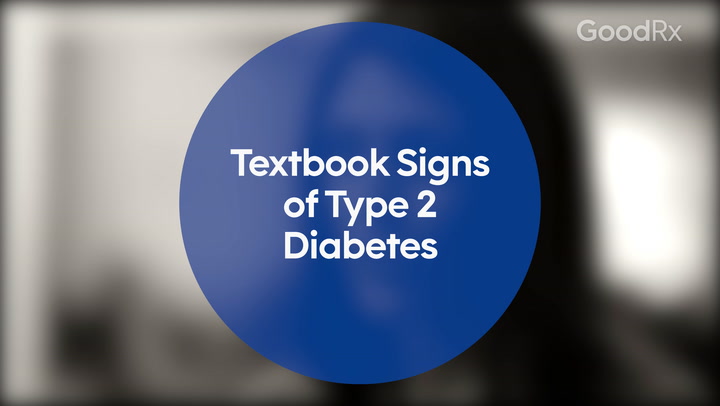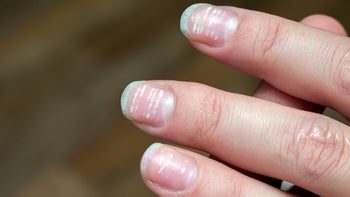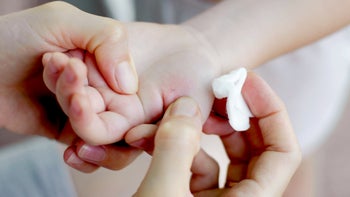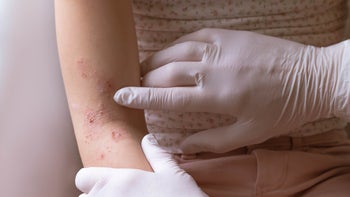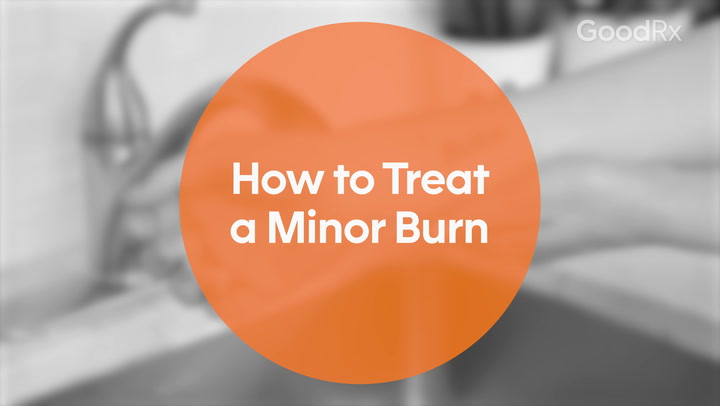
What Do Nail Changes Mean?
Key takeaways:
Most nail changes are normal and common, including dry and brittle nails, bruises under the nail, and symmetric dark lines.
A medical provider should evaluate signs of nail infection, inflammatory conditions (like psoriasis), autoimmune conditions, and nail melanoma.
You can improve nail health by moisturizing the nail and the surrounding skin, taking collagen and biotin supplements, and applying strengthening lacquers.
It can be easy to take fingernails and toenails for granted. They are small, and we have a lot of them. But they actually have many helpful functions. Nails are shields that protect us and help us maneuver small objects. Through decoration, they can also play a role in our self-expression. Nails also serve as windows into our inner body. Many health conditions can show their first signs by affecting the nails.
In this article, we will help you identify some of the common nail changes, how to spot them, and when to seek medical care.
What nail changes are usually normal or harmless?
A few types of nail changes are not only normal, but also very common:
Brittle nails: Dry, easily damaged or cracked nails can happen as we age, during pregnancy. They can also be due to nail biting or after having gel or acrylic nails.
White spots: Leukonychia, or white spots, can occur after injury. They go away over time.
Red or purple spots underneath the nail after trauma: Bleeding underneath the nail (like a bruise) can happen from injury or wearing tight shoes. This is common on the toenails of athletes.
Brown streaks: Melanonychia, or brown spots, are common in people with darker skin types — they aren’t dangerous. You can see them on multiple nails, and they’re symmetric (the same on both sides of your body). These typically persist and don’t go away as the nail grows.
Search and compare options
Can stress affect the appearance or strength of your nails?
Stress can have an impact on our health, and nails are no exception. Significant stress from an illness or trauma can lead to Beau’s lines, which are horizontal depressions in the nail. These can actually serve as a type of calendar. That’s because our nails grow about 1 millimeter a month. So measuring the distance from the Beau line to the base of your nail can determine the timeline of the stressful event.
What nail changes are cause for concern?
Some changes in the nail can be signs of an underlying health condition, like an infection or an autoimmune condition.
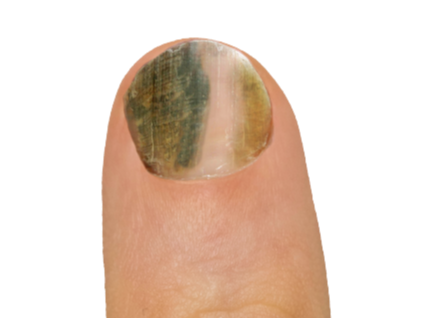
Photo Credit: Sruilk via Shutterstock (Click to enlarge photo) |
An infection with Pseudomonas bacteria can lead to a green discoloration of the nail. | 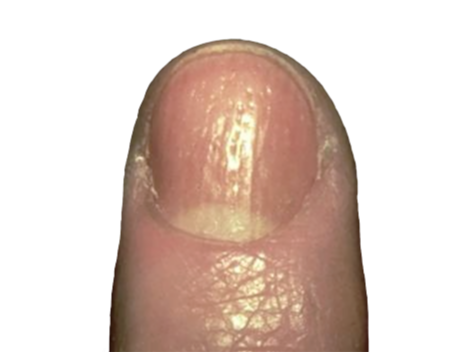
Photo credit: Mary McGonagle, DO (Click to enlarge photo) |
Pitting nails have circular depressions in the nail. This is common in people with psoriasis. |
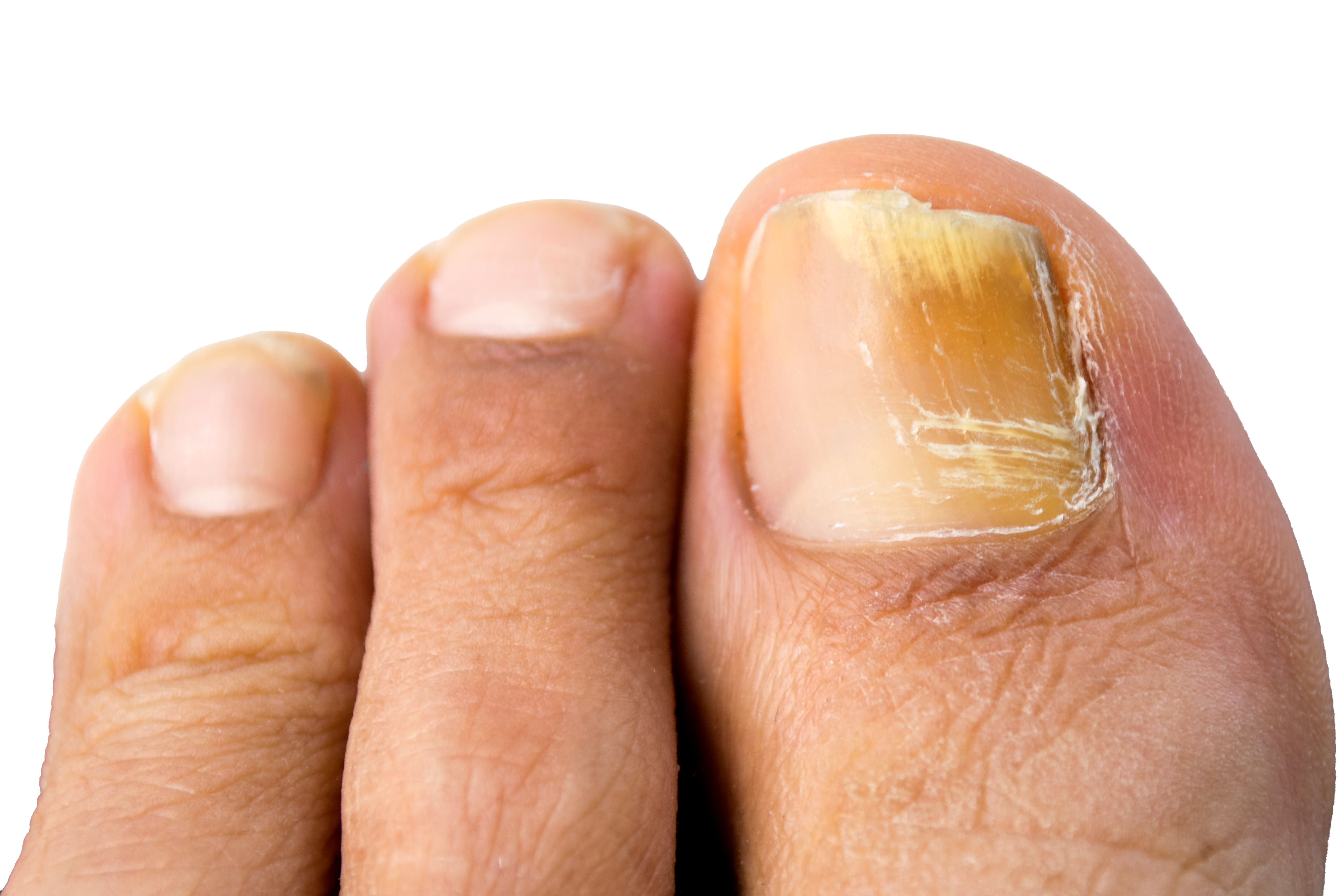 Photo Credit: Manuel-F-O/iStock via Getty Images (Click to enlarge photo) |
A thickened, yellow nail with debris underneath is usually a sign of a fungal infection. | 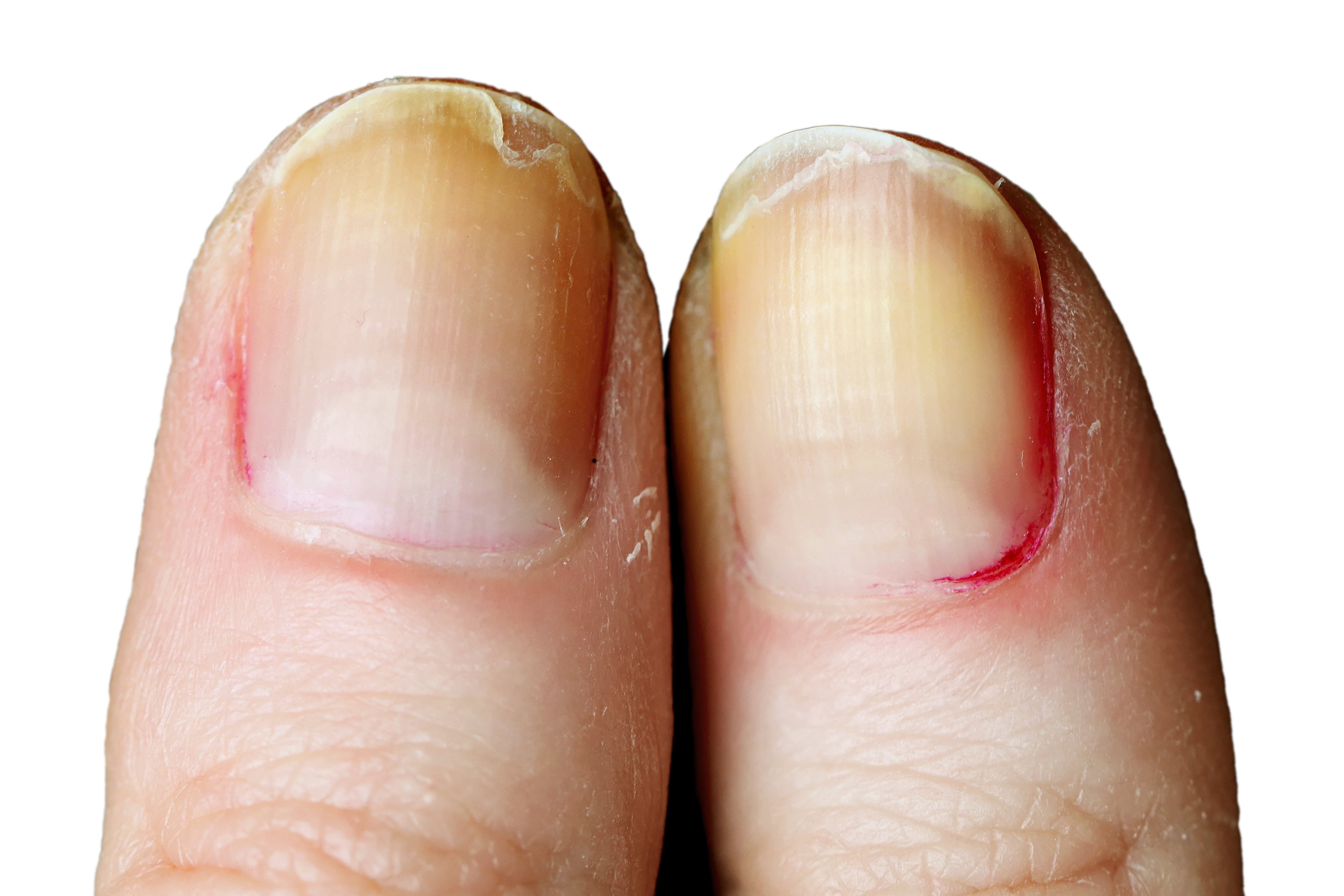 Photo Credit: ttatty/iStock via Getty Images (Click to enlarge photo) |
Dry, brittle nails that sometimes split or separate can be a sign of thyroid disease. But these changes aren’t limited to thyroid disease. Sometimes they’re harmless. |
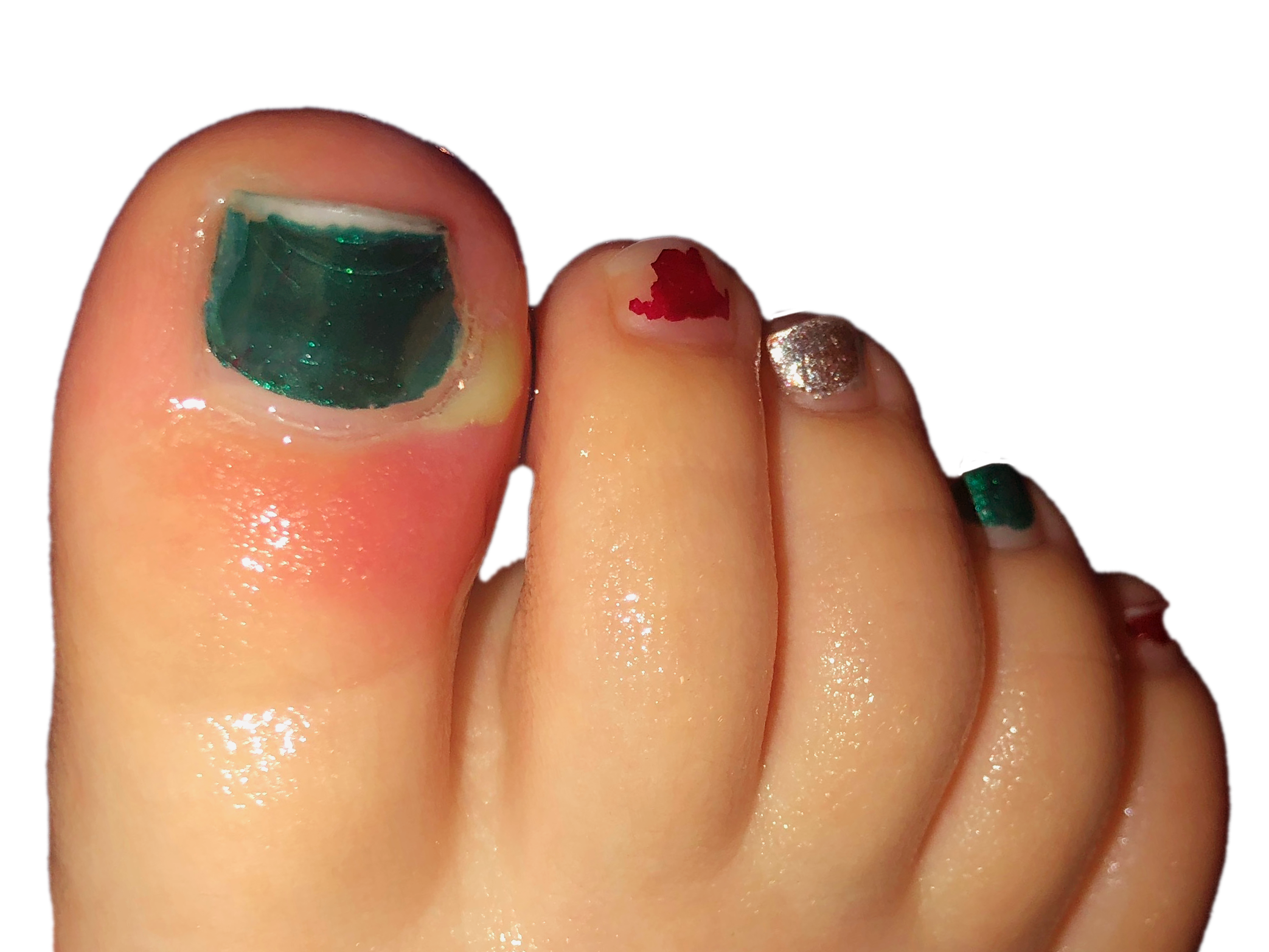 Photo credit: Mandy Armitage, MD (Click to enlarge photo) |
Paronychia is an infection of the nail fold. It causes redness, pain, and swelling at the base or side of the nail. It’s usually due to bacteria or yeast. | 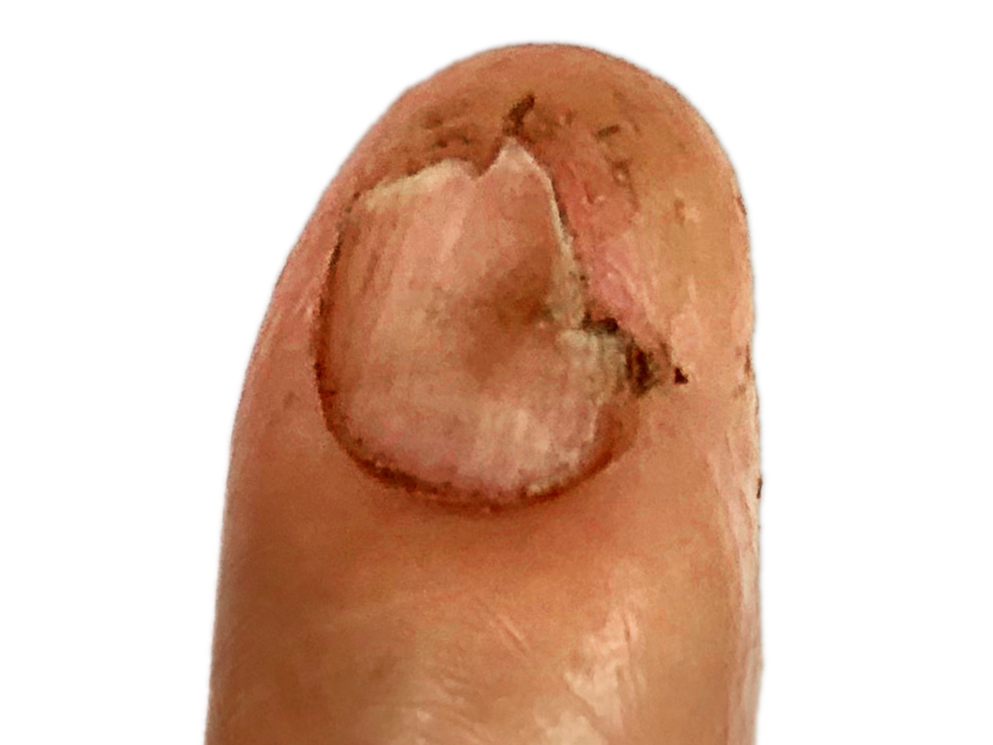 Photo Credit: iweevy via Shutterstock (Click to enlarge photo) |
Koilonychia are spoon-like nails or nails that are upturned and depressed with a large divot. This can be a sign of iron deficiency. |
In rare situations, certain medications can also affect your nails. When taken for a long period of time, the following medications can lead to darkening and other discoloration on the nail:
Hydroxyurea (this turns the nail a dark black color)
Minocycline (this is a common acne treatment)
Can nails show signs of cancer?
Yes, some nails changes can be a sign of cancer within the nail bed. Melanoma is a skin cancer that can develop anywhere in the skin, including underneath the nail. Subungual or “under-the-nail melanoma” usually is asymmetric, only on one nail (unlike the harmless melanonychia, or dark streaks, described above). Melanoma usually has a black, brown, and/or green streak that extends beyond the nail down to the skin fold below the nail.
Can nails show signs of a nutritional deficiency?
Yes, almost every form of nutritional deficiency can affect the nail in some way. Most commonly, malnutrition leads to brittle and slow-growing nails.
When should you see a doctor about symptoms affecting your nails?
It’s important to get medical attention if you notice changes in your nails, including changes in:
Color
Shape
Thickness
Strength
Read more like this
Explore these related articles, suggested for readers like you.
This is especially true if these changes do not go away after 2 to 3 months as the nail grows out.
Your medical provider can help determine if your nail changes are due to an underlying health condition like psoriasis or a thyroid disease. They can also test your nail(s) for fungus, bacteria, and skin cancer if necessary.
How can you improve your nail health?
Caring for your nails is an extension of caring for your skin, body, and mind. Practicing some of the following techniques can help you rebuild your nail strength:
Daily nail lacquers such as Poly-ureaurethane solution or hydrosoluble lacquer can serve as extra protection barriers.
Soaking nails in olive oil for 1 to 3 minutes a few nights a week can improve brittle nails and soften cuticles.
You can use thick moisturizers and emollients on the nail and around the nail folds to keep them supple and flexible.
Avoid nail treatments that can be damaging such as acrylic nails or Shellac gel.
Daily collagen supplements can help prevent broken nails.
Biotin supplements can help improve the appearance and strength of brittle nails. But taking large amounts of biotin can affect certain blood tests, including thyroid tests. You shouldn’t take them without advice from a medical provider.
The bottom line
Injury and stress cause most nail changes, and usually they aren’t a cause for concern. But some changes can be a sign of a more significant health issue. Fungal and bacterial infections and inflammatory conditions are common and treatable. But melanoma under the nail is a potentially dangerous condition that a medical provider should evaluate as soon as possible. You can improve your nail health and prevent brittle nails by taking certain supplements, applying a strong coat on the nail, and using moisturizer on the surrounding skin.
Why trust our experts?


References
Hengge, U. R., et al. (2009). Images in clinical medicine. Green nails. New England Journal of Medicine.
Hexsel, D., et al. (2017). Oral supplementation with specific bioactive collagen peptides improves nail growth and reduces symptoms of brittle nails. Journal of Cosmetic Dermatology.
Jandial, A., et al. (2018). Beau's lines. British Medical Journal Case Reports.
Jiaravuthisan, M. M., et al. (2007). Psoriasis of the nail: Anatomy, pathology, clinical presentation, and a review of the literature on therapy. Journal of the American Academy of Dermatology.
Lee, J. H., et al. (2018). Early detection of subungual melanoma in situ: Proposal of ABCD strategy in clinical practice based on case series. Annals of Dermatology.
Lipner, S. R., et al. (2019). Onychomycosis: Clinical overview and diagnosis. Journal of the American Academy of Dermatology.
Lipner, S. R., et al. (2018). Biotin for the treatment of nail disease: What is the evidence? Journal of Dermatologic Treatments.
Razmi, T. M., et al. (2018). Koilonychia in iron deficiency. QJM: An International Journal of Medicine.








